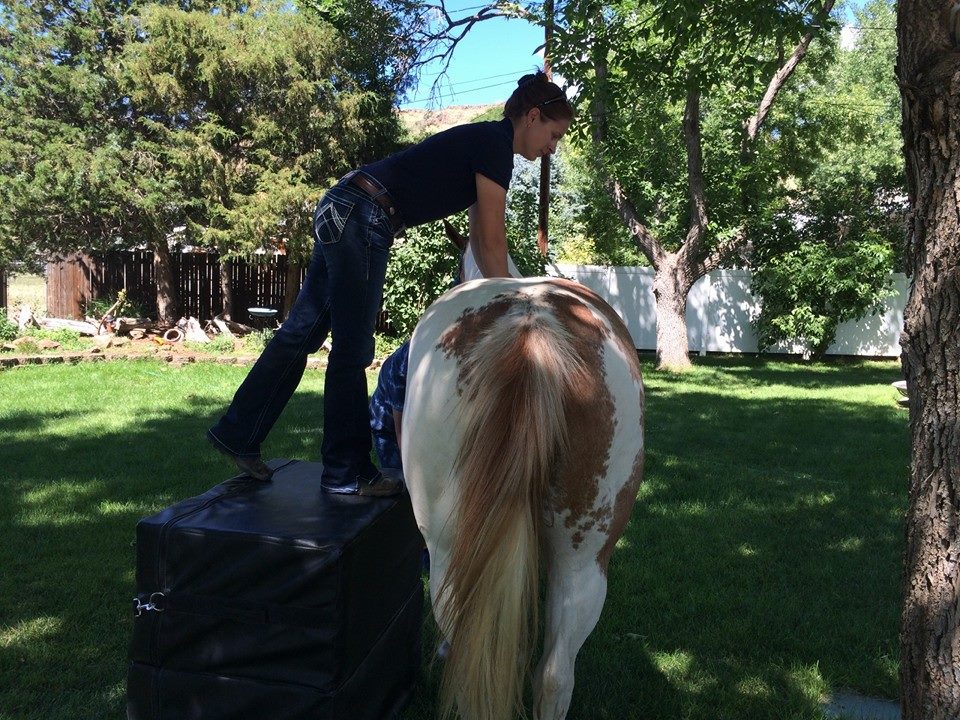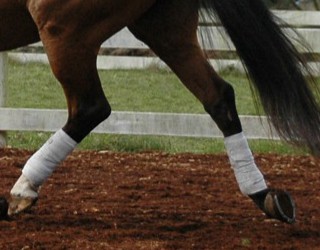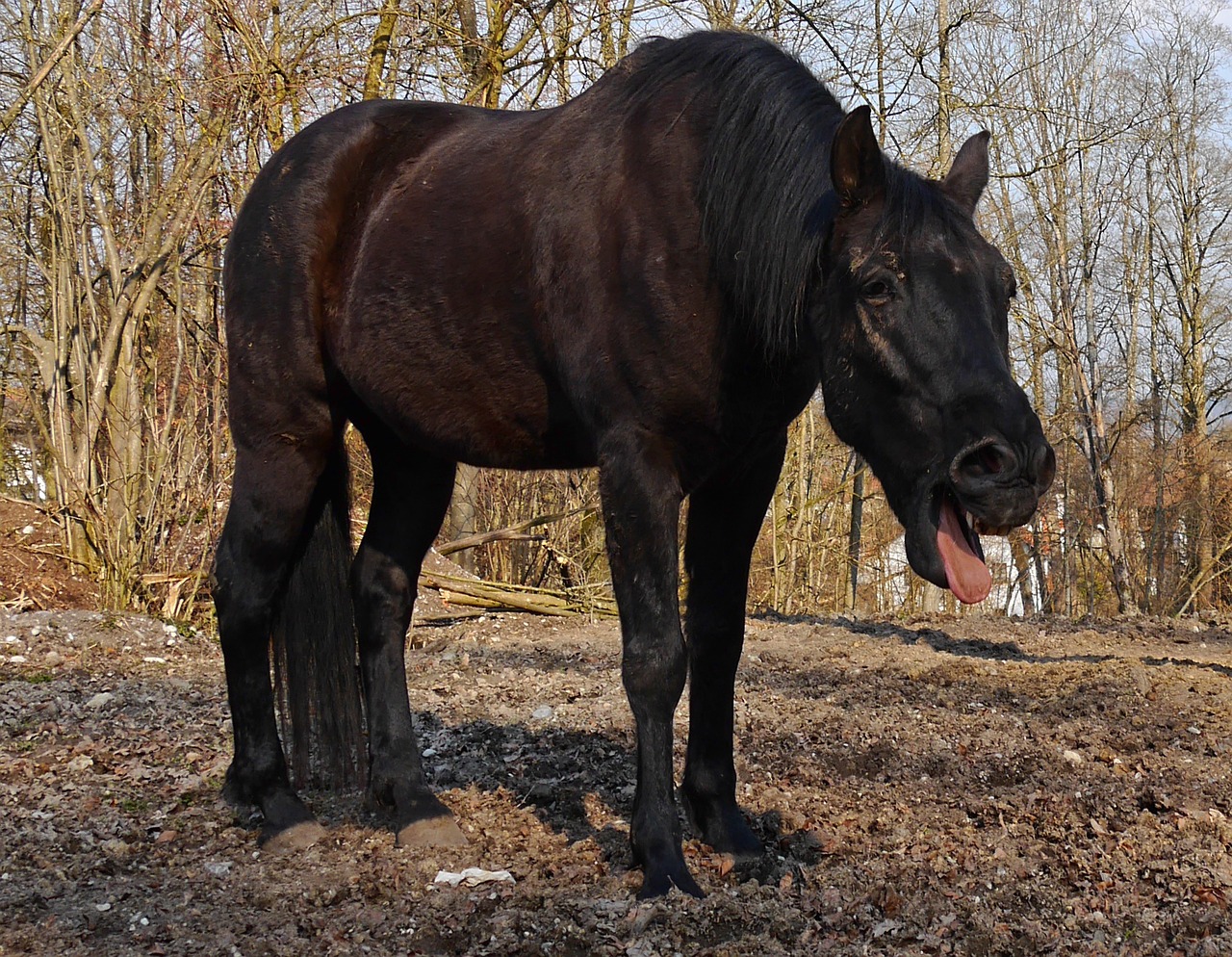Blog
Different Styles of Equine Chiropractic Adjustment
Any of you who have watched Dr. Hartman adjust a horse will immediately notice that her...
Acupuncture: A Case Study
Lucky is 14-year-old quarter horse gelding. After coming back into the barn from...
Caring for Your Senior Horse
At what age is a horse considered geriatric or senior? Does owning a senior horse mean...
Joint Injections: The what, when and why of intraarticular medications
Arthritis is one of the most common joint diseases found in the equine industry. It is...
The Science Behind Making Slow Feed Changes
As horsepeople, we know it’s necessary to implement slow transitions between grains and forages when changing our horse’s diet, but why the caution? Read on for the science behind slow feed changes.
Meet Dr. Kate Baer, the newest member of the MVS team
I grew up outside of Philadelphia, Pennsylvania, spending as much time as possible at...
What’s the story on ringbone?
As horsepeople, we frequently hear the term ringbone, but we may not understand what that term really means, or that it encompasses two different types of “ring bone”, not to mention the confounding “sidebone”. This blog is in response to a specific request from a client and I hope to shed a bit of light on this somewhat confusing topic.
Ack!! Strangles!!
The mention of strangles among horseman is enough to elicit a cringeworthy response comparable to colic. We all know it’s wildly contagious and we should avoid it like the plague, but what else do we need to know to keep our herd safe?
Choke in Horses
In horses, “choke” is an esophageal obstruction, usually due to poorly masticated (chewed) food, which doesn’t obstruct the passage of air to the lungs. Thus, in horses, choke is a serious condition but most of the time, not an immediately life-threatening one. That said, there are complications that can arise secondary to the choke, which can become life-threatening.
Henderson Castration Technique
As some of you know, Dr. Hartman uses a slightly different technique to castrate male horses called the Henderson castration technique. It involves the use of a power drill and a specialized clamp to literally twist off the testicle. Traditional methods involve the use of an emasculator which crushes the tissue to ensure adequate termination of blood flow. If the emasculator has been around for such a long time and works, why turn to power tools??











